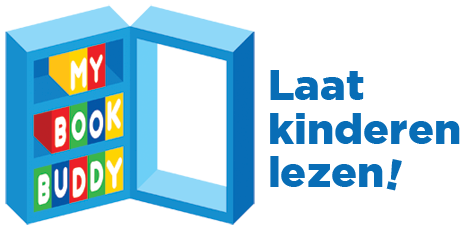Reading aloud to children.
<< Back - Home - Next >>
Why is reading aloud to young children so important?
There are multiple phases that children will go through when they learn how to read. An essential element in the early stages for learning how to read is being red to. Between the ages of 2 till 7 children are the most prone to learn a language, in this phase children are very open to language and learn with great easiness. It is very important to make an optimal use of the child’s easiness to learn a language by stimulating the language development intensively. Reading to a child is one of the best’s ways of stimulating a child’s language development and has many different benefits which give children great advantages throughout their school carrier and beyond. It’s therefor important to start as early as possible with reading to the children.
What is the benefit of reading out loud to children?
Attention for reading aloud with young children counters analphabetism.
Children who are been red to 15 minutes per day learn 1000 new words every year.
Children’s reading abilities in preschool predict their performance in elementary and high school.
Reading aloud is one of the best ways of introducing children to unfamiliar and less frequently used words that they otherwise would not learn and this increases the
child’s vocabulary immensely.
When reading books aloud to children you help them understand the meaning of a word, the sentence structure and social language which makes children more capable
to make sense of complicated stories, puzzling out tough new words and confusing new phrases.
When reading to children they learn the sound of the word and the pronunciation better and also understand the use of particular words better.
Reading out loud to children enriches their general knowledge.
Children how do frequently being red to have a better understand about themselves, others and the world around them.
Children who are frequently being red to do not only score higher on language skills and mathematics but also show an advantage on social, emotional, creative and physical development.
Children who are being red to and have an enthusiastic role model stay determined to learn how to read even when facing challenges.
Being red to increases the experience of reading as fun which encourages the children to continue to read even when reading gets harder and more complicated.
Children who are frequently being red to score with almost no exception higher on tests than children who are not being red to.
Furthermore being red to have a very big effect on the development of the imagination and creativity of a child.


